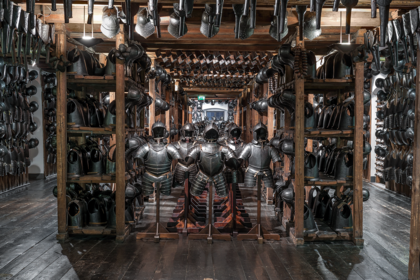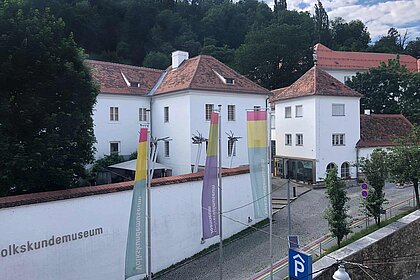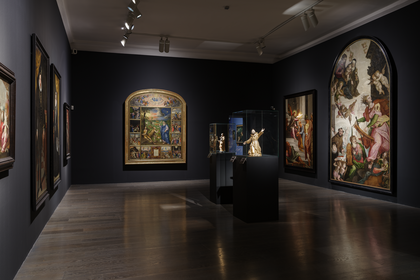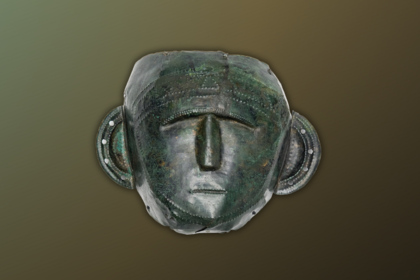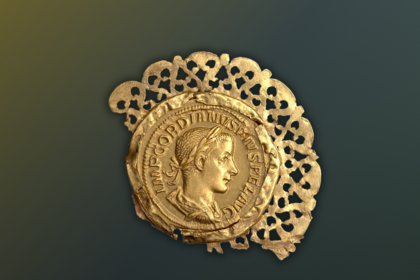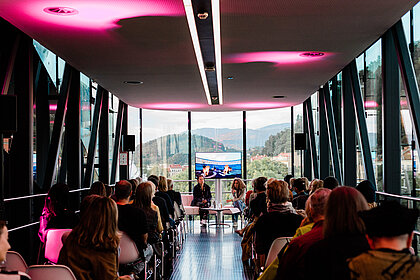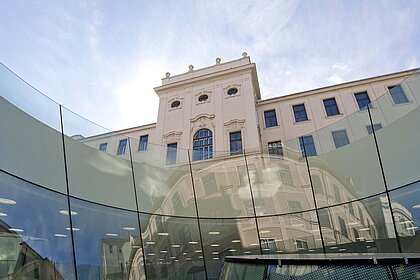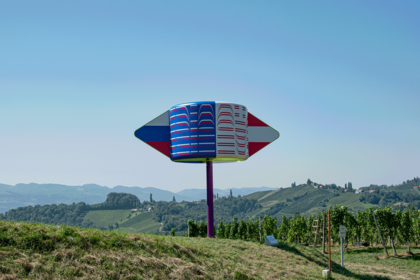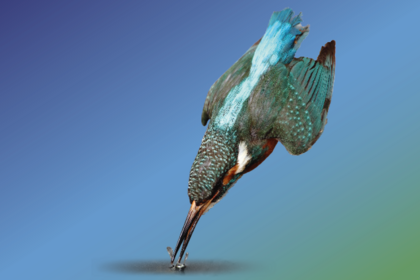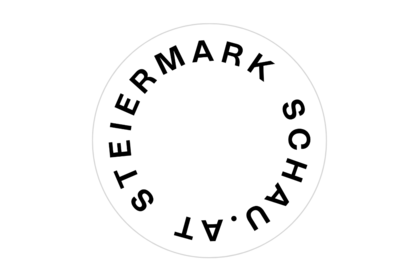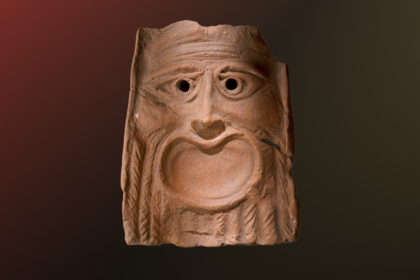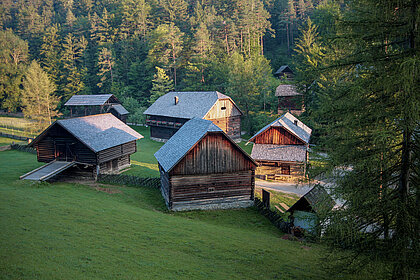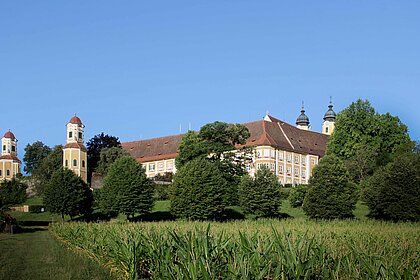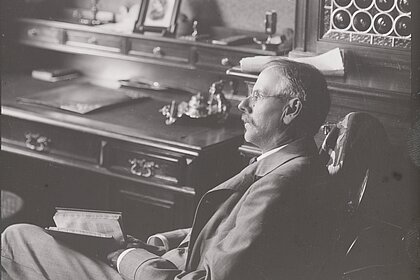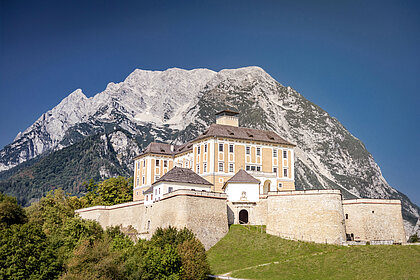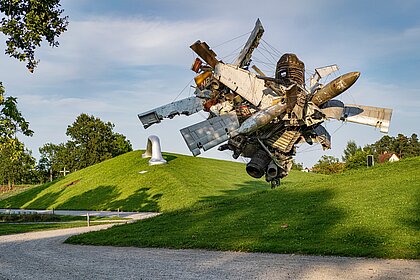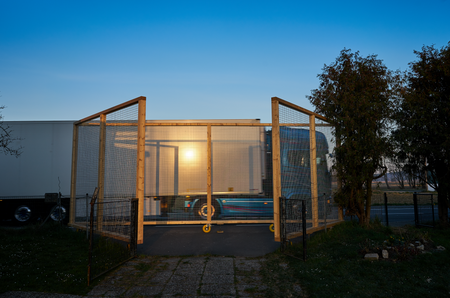Studenzen, a former community of around 700 inhabitants in the district of Southeast Styria, approximately 30 km east of Graz, is located along Landstrasse 201 (State Road 201), which today carries the majority of commuter and express traffic – around 22,000 cars and trucks every day.
Directly on this road at No. 99 stands Alfred Lenz’s home, which was built in the 1970s to meet the needs of the family. Knowledgeable in the fields of electronics, physics and mechanics, the artist, together with Christian F. Schiller, converted a small outbuilding—originally erected by his father, an animal breeder, as a bird breeding house—into a recording studio in 2007 after his death. At this experimental sound design site, fragile, kinetic sound sculptures, thoroughly structured in a complex, yet simple manner, emerge, making it a vibrating, expanding space. Lenz set up the agricultural storage tent opposite the house next to the studio in 2017 to create a larger art production area for himself and others.
This successive expansion of the space of possibilities is now followed by the L201 project:
Previously not perceived as such, the 28 m²-large entrance and exit area onto the State Road will be opened towards the public space. Alfred Lenz is interested in transitions that remain unnoticed, or unreflected, places not even regarded as insignificant, since they are not seen or recognized as such. A light, semi-transparent, three-wing structure fitted with rollers creates a connection between the inside and the outside. Transcending the boundaries of architecture, design, utility and art, and as reduced as possible in its construction, this sculpture deliberately obscures any separation of the private and public realm, of art and life, and questions them at the same time. As a permeable backdrop, it becomes accessible as an art space, stage, theater or opera, acts as an experiential horizon for artists from all disciplines invited by Lenz in dialogue with the immediate surroundings. Every object can always be several things for him, stripped of unambiguity, to open the character of the provisional and transformable as a notion of the possible in the proposed identity envisaged in it.
As an anthropological location, distinguished by its history and identity, this area confronts the theme of the ahistorical non-place, a term that goes back to Michel Corteau and Marc Augé, initiated by Michel Foucault’s definition of heterotopias, places for people in extreme situations. The relational place with an inscribed family history chosen here is brought into connection with the monofunctionally used street space by newly creating the dynamic intermediate place.
Breaking the norms of neutral art presentation established since the 19th century in specially furnished salons, galleries and museums, Alfred Lenz himself wants to explore and expand the form of presentation, reception and the concept of art. In doing so, he questions not only systems inherent in art, but also economic and socio-political systems.
With his work, which becomes pervious as a window and provides structure as a frame, he crafts a new vessel to remove the surroundings from their previous attribution, to establish connections, to arouse participation with the help of the set environment. As is fundamentally the case in his oeuvre, he is concerned with a direct connection to everything that is existent. The environment thereby becomes the material of the art and is involved as a co-contributor to the works on display.
For Lenz, the house and its surroundings represent “a work of art itself as a real, constantly changing structure in a place shaped by our social system.” Instead of fading out the surroundings, erecting a wall to protect against noise and what is happening outside, Alfred Lenz deals with his environs, incorporates them and thus opens a further discourse about what art can be, how it can be perceived and reflected. In this project, content-related, technical and implementation-expanding cross-sectional materials are explored and developed, existing structures are challenged and current questions of common or differentiated awareness of coexistence and social relevance are artistically raised on several multilayered levels.
Elisabeth Fiedler
Translated from German by Kate Howlett-Jones
